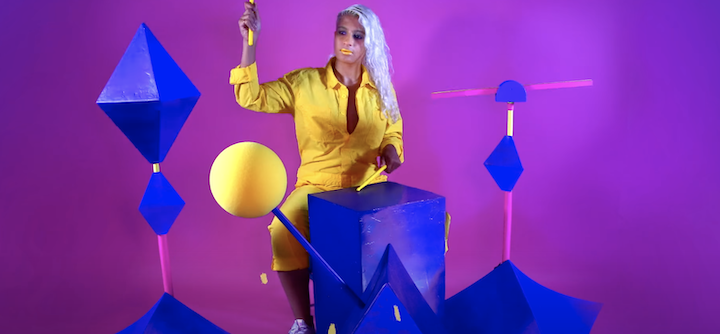"Gamify!" - pg. 332
Building on the principle that gaming creates an emphasized first-person experience, I really agree with the notion that game design techniques can also be very effective in eliciting certain desired responses if used in alternative environments. Gaming creates universes that encourage the user to be present, intentional, active and connected. By encouraging a pattern of behavior that requires repetition, gaming therefore causes the user to get better at the game itself, and develop a skill. In the skill-building process and by advancing to new levels, the gamer gains increased confidence, joy and pride in themselves.
When I was in elementary school, I loved gaming. I remember being really good at various games on the computer, GameBoy games, arcade games and PlayStation! When learning games started to come out in the early 1990s to help users improve skills like languages, typing faster on a keyboard or learning addition, I was really excited about this. My parents would buy these games for me from the computer store, load them up onto our desktop at home and off I’d go. There was one game that positioned you as the driver of a car, and the faster you typed, the faster the car would go. The more bugs you splattered on the windshield (RIP dear bugs), the more points you got for your typing prowess. I was hooked. To this day, the reason I can type fast and competently on a keyboard was because of the many months or maybe years playing this game. In taking game design out of an explicitly gaming for gaming’s sake context and into an educational one, I benefited greatly.
Another example of where taking game design principles out of context can be extremely beneficial is in graphic design! As we know in this course, timed visuals in sync with music can amplify the viewer’s ability to understand and love the music even more. Synesthetic experiences that are often experienced on hallucinogenic drugs can be recreated with gaming-inspired visuals like time-based movement, travel, virtual immersion, beat-oriented movement or pattern recognition. If the goal is for the music to inspire joy, connection or temporary relief for the listener, visuals can only augment this desired intention. In my own music, I have a video called “Gandhi Blues” where we animated the entire video. Computer-generated drum shapes, illustrated lyrics and claymation allowed me to tell the visual story of the song in a more emotionally driven way that left space for my audience to see themselves in the picture, rather than in a more literal way where we may have hired actors to play out the story. Additionally, the use of computer-generated animations allows me as the artist to create more empathy among the viewer.
“Gandhi Blues” (Official Video) - Madame Gandhi can be viewed here: https://www.youtube.com/watch?v=EpHwxX3XzCc


Finally, a third example of where game design principles can be applied in other contexts is in virtual reality. In 2016, I shot my album release party in 360, and released it several days later so that folks who did not live in LA could experience the album release party as if they were there. They could pan their phone around the immersive world of the album release party, see the new merch, listen to the music performed live, visit the various activations we had created for our audience (like the “imagine wall” where folks would dream up the world they wished to live in by writing it down on post-its), check out the color-coordinated vegan food designed to company the musical textures of the show or check out who attended. Gaming was one of the first places where the idea of immersive interaction was contextualized, and the music industry has often drawn much inspiration from the video game industry.